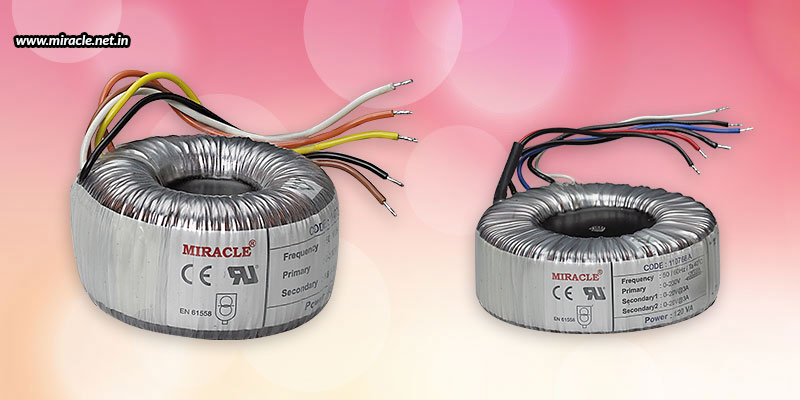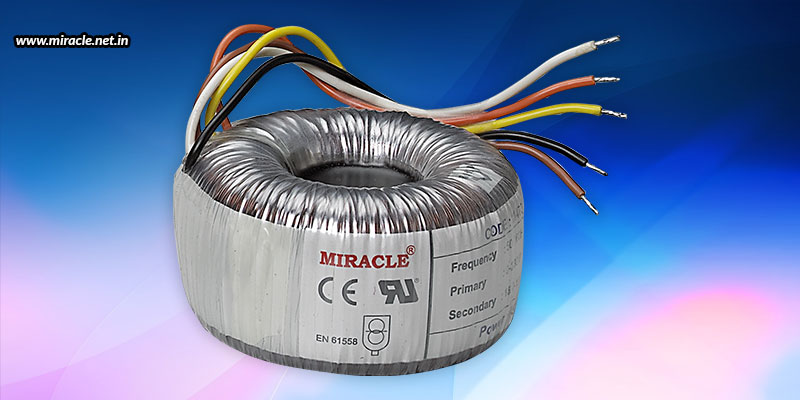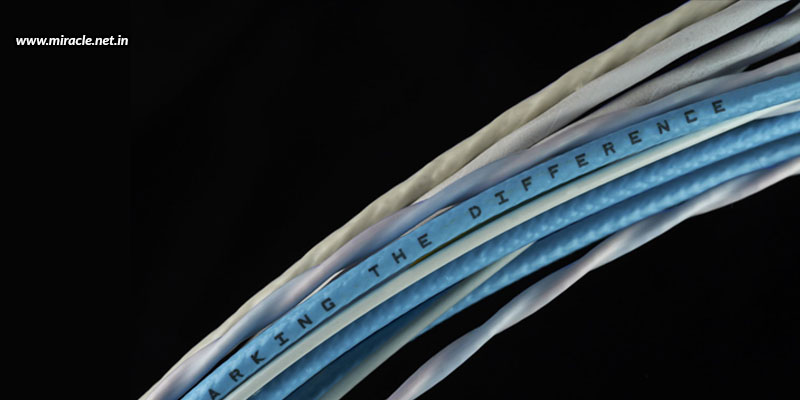Cable harnesses are essential for connecting electrical and electronic components to guarantee effective and dependable performance in a variety of industries. These harnesses’ performance and longevity are directly influenced by the crimp quality used in them. This makes crimping among the most crucial steps when assembling cable harnesses. The process of crimping involves joining wires within a harness by attaching connectors to the ends of cables with a crimping tool. Many crimping steps, including stripping, cutting, and crimping the terminals on either side of the wires, can be automated. The correct crimping of wires, whether manual or automatic, is crucial because it creates a safe electrical connection and guards against problems like signal loss, voltage drop, and potential breakdowns.
The procedure
In a nutshell, the crimping procedure starts with the connector being placed in the crimping tool, followed by the exposed wire being inserted into the connector at the end of the cable, and then completed by installers squeezing the crimping tool’s handle to firmly link the connector to the cable. To begin, the wire is first properly put into the terminal’s barrel by first positioning the terminal in the crimp tool’s jaws. The crimp is then formed uniformly, without gaps or over-crimping, by applying pressure to the handles of the crimp tool. The final step is to confirm that the insulation crimp or the wings of the terminal have fully compressed around the wire insulation. When properly carried out, these steps result in effective crimping.
Advantages of crimping
Crimping is a quick and easy operation that can be automated using a crimping machine or done manually with crimping tools. It forms an airtight connection between the cable and connector to produce a union that is consistently dependable. Crimping is also consistent in comparison to other procedures like soldering, making it the best choice for applications that demand consistent durability even under the most trying circumstances. Crimping does have one possible drawback, though, namely the need for connector-specific tooling, which could result in high prices.
Why is it important to have good crimp quality?
When electrical components, such as cables and wires, are compressed with specially created splice bands or crimp terminations, gas-tight joints are created. A wire’s strands are reshaped by the resulting terminal to provide a solderless, low resistance electrical connection. To stop the corrosion of metals from oxygen and moisture, joints must be gas-tight. Additionally, they need to be sturdy, with a single joint that is free of splits or pieces. The crimping procedure makes all of this possible, while also making tiny connections in the wires that permit the passage of electrical current. Crimps of high quality can last for ten years or more.
How to ensure good crimp quality?
There are specific procedures that must be followed and certain criteria to be taken into account in order to guarantee a good crimp quality that has them lasting for up to a decade or longer.
Choosing the right crimp tool
The first step in assuring perfect crimps is choosing the right crimp tool. The wire gauge and termination size should be compatible with the tool. Purchasing a high-calibre, accurately calibrated crimp tool will enhance precision and uniformity throughout the assembly process.
Proper terminal selection
For a reliable crimp, choosing the appropriate terminal for the wire size and application is crucial. Terminals are made of a variety of materials, including copper, aluminium, and stainless steel. It is essential to make sure the insulation and conductor of the wire are compatible with the terminal.
Accurate wire stripping
For correct crimps to be achieved, wire stripping must be accurate and constant. To remove the proper length of insulation, a high-quality wire stripper that is compatible with the wire gauge needs to be used. Poor crimp quality might result from excessive or insufficient stripping.
Regular calibration and maintenance
To achieve accurate and consistent crimps, calibrating and maintaining crimp tools is required. By preventing under- or over-crimping, calibration guarantees that all crimps adhere to the necessary standards. The tool’s lifespan is extended by routine maintenance, which also lowers the possibility of subpar crimps.
Rigorous quality control and inspection
Implementing a stringent quality control procedure that involves checking crimps mechanically and visually is crucial. Compression, strain relief, and appropriate orientation all need to be checked visually. The integrity of the crimp is guaranteed through mechanical testing, such as pull force testing. Also, cutting and inspecting a crimped sample to determine its quality aids in identifying problems like inadequate compression or structural flaws in the crimp.
Training and certification
Operators who have received proper training are more likely to produce reliable, high-quality crimps, which lowers the possibility of errors like using the wrong wire ratio, overtightening, or not tightening the clamp enough. This is why you should always approach trained and certified personnel for having your cables crimped. One such trusted and certified cable harness manufacturers in India is Miracle Electronics, where there is a team of IPC certified engineers taking care of the entire manufacturing process, and automated machines used for cutting, stripping, and crimping processes. Only UL-approved and military grade materials are used here to manufacture cables and harnesses using lean manufacturing processes, followed by mistake proofing and testing procedures to guarantee the best quality cable harness for every industry and application.






